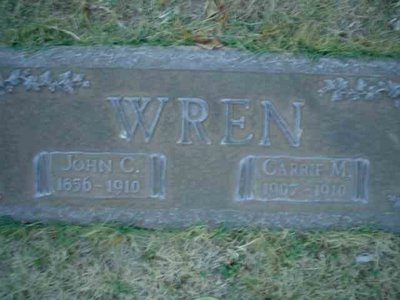 Peter Lattman of the Wall Street Journal Law Blog reports on the Historical Society of the Courts of the State of New York's recent re-enactment of Palsgraf v. Long Island R.R. Co. at the Association of the Bar of the City of New York. Apparently, New York Court of Appeals judge and Historical Society trustee Albert Rosenblatt chose Palsgraf, arguably the most important case in American tort law.
Peter Lattman of the Wall Street Journal Law Blog reports on the Historical Society of the Courts of the State of New York's recent re-enactment of Palsgraf v. Long Island R.R. Co. at the Association of the Bar of the City of New York. Apparently, New York Court of Appeals judge and Historical Society trustee Albert Rosenblatt chose Palsgraf, arguably the most important case in American tort law.As every law student knows, Palsgraf was a 1928 case with an unusual - fantastic, really - fact pattern. A man carrying a sealed box was late for his train, and the railroad workers gave him a push to help him on. He dropped the box, which landed on the tracks. Unfortunately, the box was full of fireworks, which exploded, causing a railroad scale to fall on Helen Palsgraf. When she acquired a stammer as a result of the injury, she sued the railroad for negligence.
Judge (later Supreme Court Justice) Cardozo's opinion for a 4-3 court dismissed Palsgraf's claim, finding her injury unforseeable. Judge Andrews's dissent argued proximate case is a question of fact for the jury. Despite questions regarding the honesty of its account of the events, see, e.g., William H. Manz, Palsgraf: Cardozo's Urban Legend, 107 Dick. L. Rev. 785 (2003), ultimately, Palsgraf established the legitimacy of treating the scope of tort liability as a policy question. Or rather, it provided cover for judges to decide certain questions of fact, rather than let them go to the jury.
But today's New York Court of Appeals (or rather a simulacrum thereof, consisting of New York Court of Appeals judge Harold Levine; New York’s Solicitor General Caitlin Halligan ; Roy Reardon of Simpson Thacher; Bettina Plevan of Proskauer Rose; and Judy Livingston of Kramer Dillof) is having none of it. The re-enacting panel went with Andrews's dissent, apparently concluding breach is a question of fact for the jury.
Clara of Liberty Belles is appalled at this apparent confirmation of the total victory of the tort plaintiff's bar. I'm not so sure. As I recall, Professor Nelson suggested Cardozo's opinion was something of a Trojan horse, intended to undermine the foundations of 19th century tort theory. Not unlike another justly famous case, Marbury v. Madison, establishing judicial review while ruling the government's favor.
If judges decide the scope of liability on the basis of policy, what matters is the policy, not the rule. And as we've seen, many a policy supports construing the scope of liability very broadly indeed. So, perhaps Palsgraf is properly cast as the martyr for the hordes of successful tort plaintiffs who followed.
Or, to put it more abstractly, Cardozo's opinion justifies conceptualizing tort law as a theory of harms rather than a theory of wrongs. For an excellent discussion of this distinction see Scott Hershovitz, Two Models of Torts (and Takings), 92 Va. L. Rev. ___ (2006). On Cardozo's theory, the railroad is not liable because the injury was unforseeable. In other words, it wasn't the least-cost avoider. But on Andrews's theory, the railroad might be liable, if its negligence harmed Palsgraf. In other words, if it committed an actionable wrong. While Cardozo's result may align with our intuitions in this case, perhaps its because we just don't think Palsgraf alleged a wrong (i.e. the railroad wasn't negligent), not because we think it wasn't the least cost avoider. Remember, you can be the least-cost avoider without committing a wrong.
In any case, I suspect Andrews was actually right on the law. Perhaps the Court of Appeals could have dismissed the case for failure to allege a negligent act. But if Palsgraf alleged sufficient facts to find the railroad agents acted negligently and that her injury was a but-for cause of their negligence, she was entitled to send her claim to a jury. Even today, that's no guarantee of success.
Incidentally, should the Court of Appeals decide to do another re-enactment, perhaps Lochner v. New York would be an appropriate choice. At the very least, a reversal of that 4-3 decision would be rather unlikely.
















